|
When I worked at an art publishing company, one of the unexpected perks was access to old, used picture frames. They were being cleared out—no longer commercially viable, too odd in size, too specific in taste. But something about them caught my attention. I began quietly collecting these discarded frames, some I purchased, some I retrieved from the skip, saving them for a time when I might have paintings of my own to fill them.
Years later, that time has come—and now, my studio is full of frames. Not neatly stacked or catalogued, but gathered in corners, leaning against walls, stored on an overhead shelf unit, quietly waiting. Some are ornate and gilded, others more subdued and contemporary. Some seem to demand something bold and dramatic; others whisper gently, asking for subtlety. They’ve become a kind of visual to-do list: not of ideas, but of intentions. What I didn’t expect was how much they would start shaping my work. Every so often, I’ll spot one and think, I know what painting would fit that frame. More recently I've thought about what I could paint to go in that. It’s a reversal of the usual process. Rather than finishing a painting and then seeking the right frame, the frame comes first—setting the tone, the dimensions, even the colour palette. One such piece is currently in progress: a view of the paradisal gardens at the Alhambra Palace in Granada, Spain. It’s destined for a dark gold and black frame that feels rich, warm, and slightly mysterious. The match wasn’t logical—it was intuitive. Something about the frame called for a sense of place, of history, of lush greenery and shadowed walkways. Whether the pairing “works” or not is, of course, subjective. But I like it. And more importantly, I enjoy the conversation that begins between frame and painting, even before the first mark is made. There are definite benefits to working this way. For one, it’s sustainable—breathing new life into discarded materials. It’s also practical: used frames are far more affordable than new ones, and often beautifully made. I work on board, so it’s easy to have a panel cut to size to match the frame. This gives me the freedom to respond to the frame’s dimensions directly, rather than wrestling it into submission after the fact. But there are also creative challenges. Some frames come with strong personalities—heavy, dramatic, or deeply traditional—which can feel at odds with the minimal, clean-lined presentation often associated with contemporary art. There’s a balancing act involved in making sure the frame enhances the work rather than overpowering it. It’s a constraint, but I find constraints useful. They ask something different of you. These frames aren’t just leftovers. They’re quiet provocations. They shape how I think about composition, scale, tone. They narrow the field in a way that somehow expands the possibilities. Only a few of them have found their perfect match so far. The Alhambra frame is one. But others are still waiting. And I know, given time, they’ll each inspire something. This is what I think of now as framed intentions—paintings sparked by the frame itself, artworks born within the edges of something that already exists. Sometimes I think I’m painting pictures. And sometimes, it feels like I’m completing the frame. I do wonder—does anyone else work this way? Do your frames ever dictate your paintings? Do please let me know in the comments below... PS If you have come to my blog from one of my social media channels and would like to comment, please be sure to add your comment to the blog comments section below so others can view and respond. Social media is so transient isn't it?
0 Comments
|
AuthorI love to paint and sketch and although predominantly a studio artist, I have discovered the joys of painting and sketching outdoors. Archives
May 2025
Categories |
Copyright Anne Blankson-Hemans 2025 - All Rights Reserved


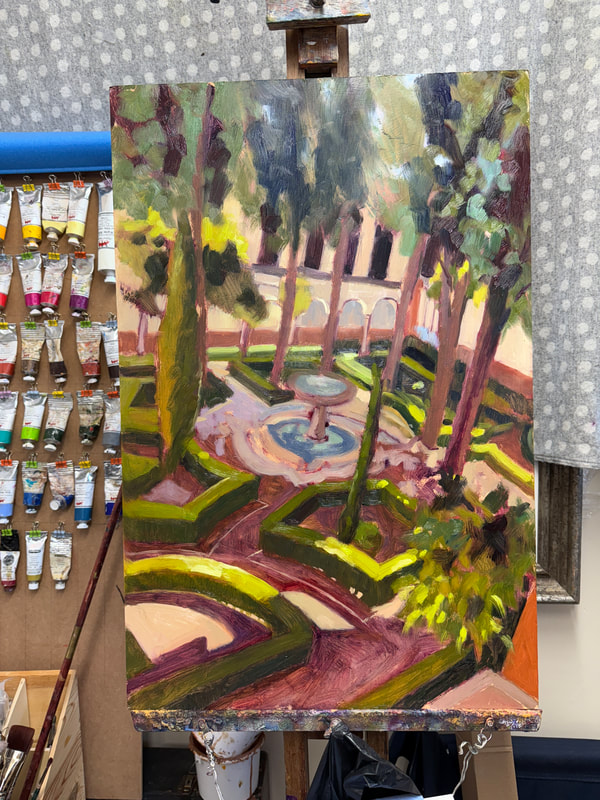
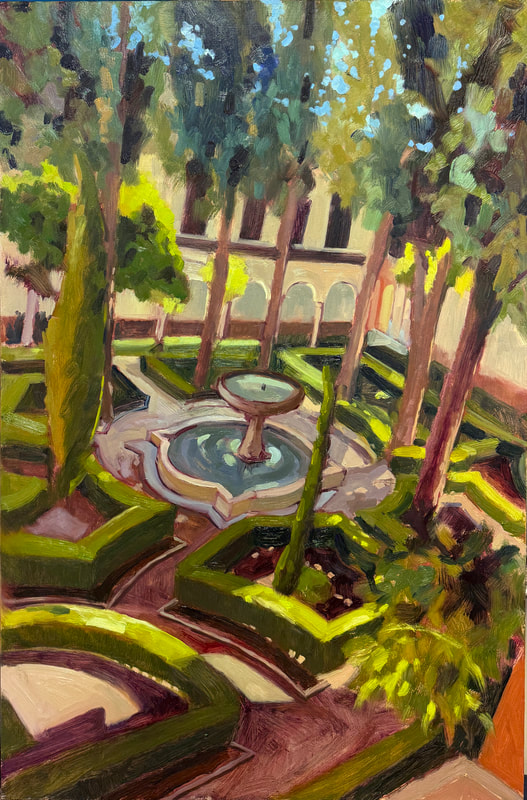
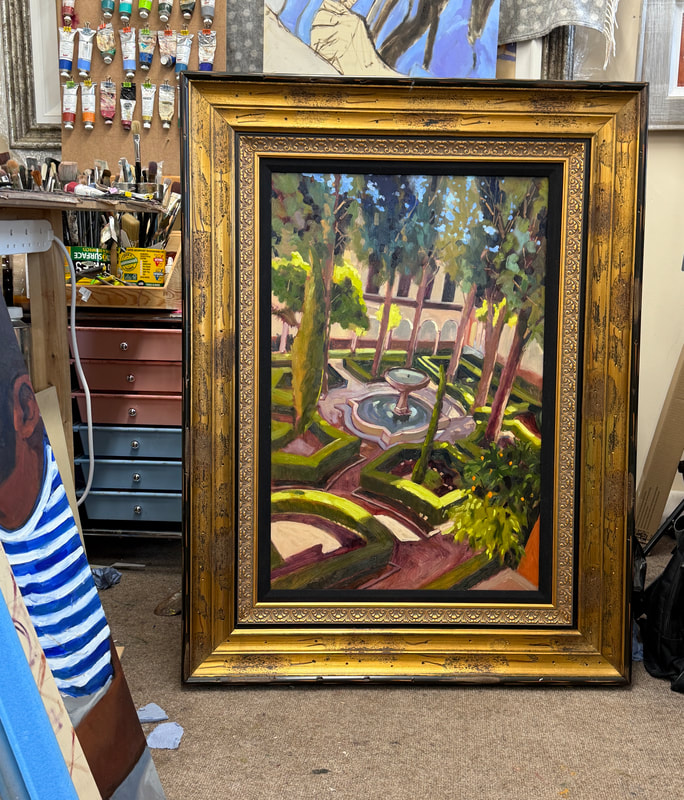
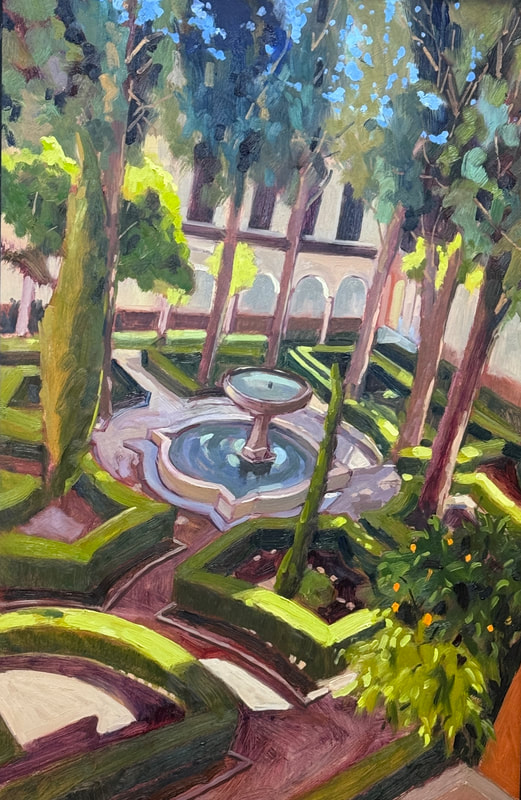
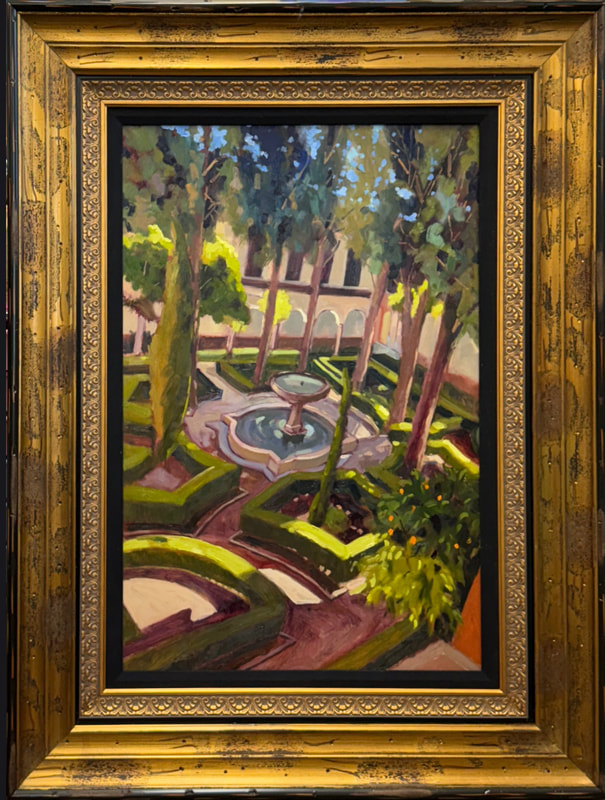
 RSS Feed
RSS Feed